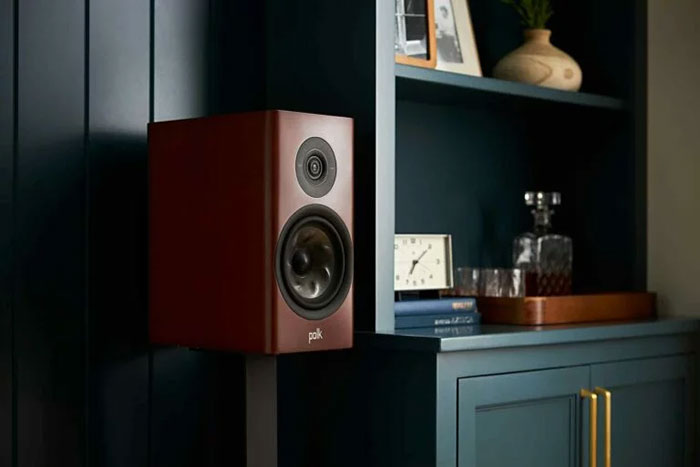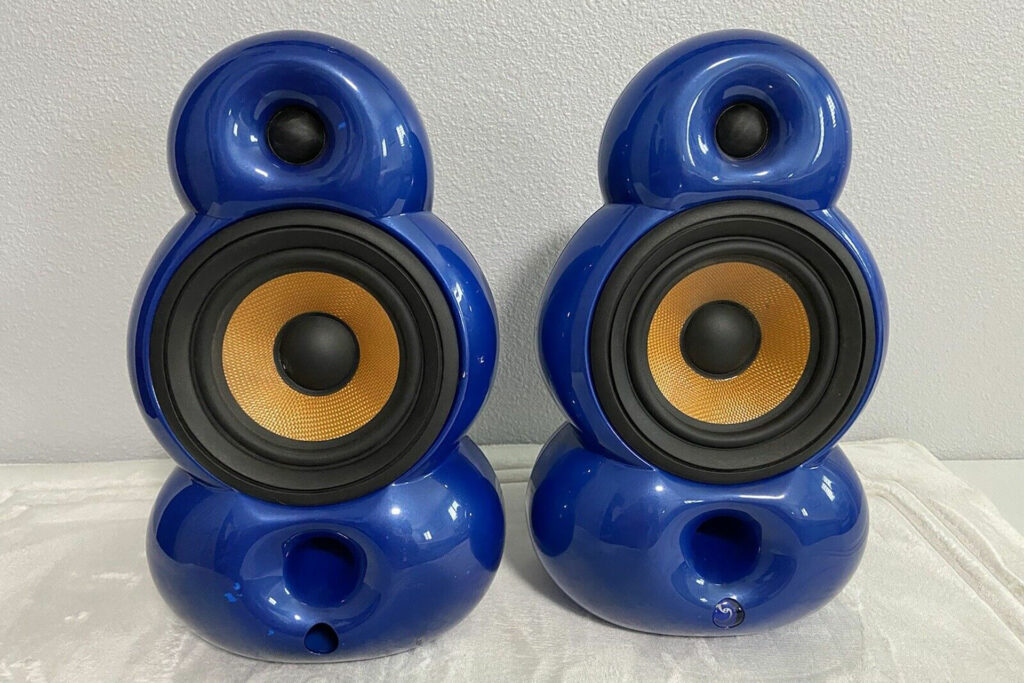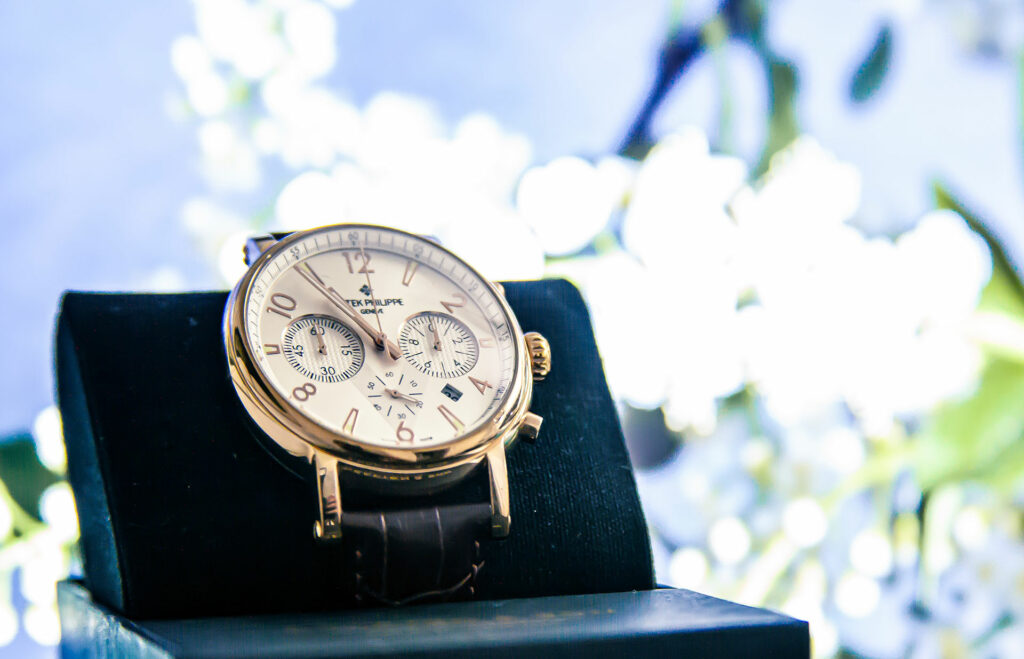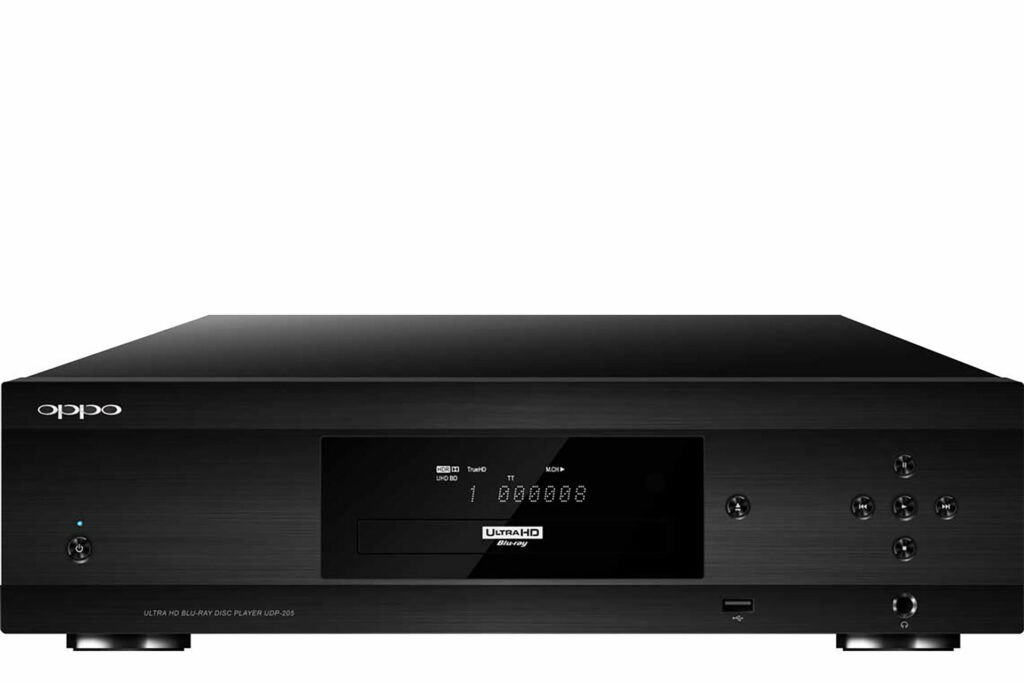It is hard to feel bad for that guy who just spent $275,000 on that new V8 Ferrari, but how do you tell him that no matter how little he drives his Prancing Horse from Maranello, Italy, and no matter how much he caresses the paint with a fine chamois, that car is unlikely to ever go up in price? The reality is: despite the high barrier to entry to buy such a pedigreed and exotic sports car, it isn’t likely to go up in price, mainly because the car simply isn’t that scarce compared to other, more collectable cars. It isn’t uncommon for Ferrari to make upwards of 10,000 of these gorgeous exotics per year, and their stated purpose is to be driven, not collected. In recent years, Ferrari has made other cars that come in much smaller allotments, such as the invite-only cars, like the LaFerrari and the race-ready Ferrari Monza SP1 and SP2. Those cars, which sell in volumes that don’t go above a few dozen for worldwide consumption, can explode in value like that old dotcom stock in 2000. Why? The global demand is far greater than the miniscule supply of these cars for market demand. We are dealing with a simple Econ 101 value proposition here, and the change-resistant audiophile world might just benefit from some of the exotic car world’s insights when it comes to sales demand and overall collectability.

Are Audiophile Components Actually Becoming Collectable Now?
There was an old Doritos commercial on television years ago that said “crunch all you want … we’ll make more” when it comes to the addictive snack food. Most audiophile companies adhere to this model, where they will make as many components as possible, with no end in sight. I can think of one popular audiophile speaker company where the crazy-inventor and cult-of-personally designer simply literally never ends the production of a speaker in his ever-growing product offerings. He’s up to around 30 total different audiophile bookshelf speaker designs. He can’t/won’t make grilles for any of them. Factory boxes are haphazardly taped together like a Frankenstein speaker shipment from somebody that went on a cardboard shopping spree, thanks to having a big Staples Gift Card before tendering the speakers to FedEx. Consumer wait times for these excellent-value speakers can be months and months and months. No production run ever comes to an end, or even a pause, so these speakers have no hope of being collectable. I know of someone who just “gave away” a pair of these speakers. as they are so big and heavy to ship, but were worth so little on the used market, that they were easier to “lend” to a local audiophile friend than to sell. Ugly.
Other companies, as varied as Audio Research and Polk Audio, offer limited edition products. ARC has made X-number of Anniversary products, which represent the best possible performance that the Minnesota-based audiophile electronics company is capable of building at the time. These special edition units are often quite expensive, but when they are gone, they are gone, which both consumers and retailers understand. Michael Zisserson raved about the Polk Audio Reserve R200 Anniversary speakers at $1,200 per pair (read the review here). The speakers are such an example of what Polk Audio can do that Michael Zisserson bought his review sample right then and there. The fit and finish was obscenely good. The sound was even better, and the price was attainable for most audiophiles. With a limited production run, these speakers have the ability to be an instant classic and potentially collectable over time.

What Makes an Audiophile Component Collectable?
Scarcity is what makes a bottle of wine collectable and likely to go up in price, and that can be the case with audiophile gear. Design pedigree can also drive collectability. Sandy Gross is the co-founder of Polk Audio, Definitive Technology and GoldenEar speakers. He’s not in an active role with any of those speaker brands today, but some of his more recent designs at GoldenEar have been changed by new owner AudioQuest, thus making the original designs potentially collectable. There are people who want to make sure that they have the original-design speakers as part of their stereo or multi-channel speaker setups, thus late-model GoldenEar speakers are becoming a little bit more collectable.
While not nearly as good a speaker design, THEIL speakers, designed by Jim Theil, back in the 1980s and 1990s, have become oddly collectable. The stunningly gorgeous wood finishes were what many liked about these brutal to drive and outdated large floorstanding speakers. There are some audiophiles who bought into Jim’s time alignment speaker design strategy, even if you needed 200 to 400 percent more budget for an amp capable of driving such inefficient speakers. Watch an hour or so of the Meacham Auctions on TV, and note how much money that late 1960s and early 1970s muscle cars sell for today. Are they efficient with fuel costing $7.00 per gallon in these parts? Nope, but there’s no shortage of older folks willing to spend $100,000 and up for these somewhat crude but lovable big-engined, adapted sports cars.
Emotion is possibly the strongest motivator and, when paired with scarcity, you can see collectability start to make sense. How many Gen Exers like myself were in for appointment viewing at 9:00 PM every Friday on NBC in the 1980s to watch Miami Vice? Nearly every male in my generation can say “yes” to this one, I bet. This drives the modern increase in price of the Ferrari Testarosa from the mid-$50,000 range to well over $150,000 for a totally impractical, hard-to-repair, engine-out $5,000 oil change automotive icon. Audio has comparable situations. It is a great regret of mine to not have bought a Cello Audio Palette analog EQ when I worked for Mark Levinson in college. Even then, $26,000 was a batshit crazy price for an audio component, even for a college kid making well into the six figures, yet I’ve had regrets ever since. The Cello Audio Palette rarely lived outside of the realm of a complete Cello Reference System, and when it did, the EQ often was being used in a mastering lab on a professional basis. When an Audio Palette comes up used, it is almost always part of an entire Cello system, which requires deep pockets to potentially acquire for your audio collection. Can you get your hands on a Cello Audio Palette today? I haven’t been able to so far, but I want one mainly for emotional reasons. Cello reportedly is still in business (Mark is long gone from the company), but the company reportedly only sells products to China, and the Audio Palette isn’t one of the products that they make, so if you ever see one – please call me. Within reason, I am willing to cut a check.

How Can Today’s Audiophile Companies Build Value and Desirability for Their Modern Gear?
Core items of a product line likely need to be made in larger volumes, and that is totally fine. Larger volumes mean lower prices, but when it comes to specialty products, if there is a finite volume of a specific product, you might see above-retail price values once the production run is over. I think back to a speaker that Bowers & Wilkins made, inspired by a song by the 1990s electronic act The Orb. This U.K. techno/electronic act is known for its out-there, atmospheric compositions, and they are considered one of the best artists of the genre from that era, along with Orbital, Underworld, Paul Oakenfold and a few others. Bowers & Wilkins made a vividly blue-colored, wonderfully round pair of large bookshelf speakers to honor the band and their trippy song. These speakers were made as a limited run, and I was able to get a pair for my college roommate, who will never, ever-ever-ever sell them. He’s a Gen Exer who loves electronic music and collects vintage musical effects and synths, be they an old Moog or a Roland 808 – he’s got racks full of the best, most collectable MI (musical instruments) gear, as well as those Bowers & Wilkins speakers. If he didn’t already own them, he would likely be looking to buy a pair today if-if-if a pair ever came on the market, and that is a big if.
Schiit makes some of the most fun and often off-beat audiophile gear in the market. If Jason designs something unique like an EQ or an out-there type of preamp, why not make it a limited edition for that unique product? It potentially limits the total volume of products sold, but it builds the mystique and desirability of the other products in the product lineup.
Bowers & Wilkins uses their Signature products of 700 and 800 Series speakers as somewhat limited editions that deliver the next batch of design improvements to their higher-end speakers.While there isn’t a hard cut-off (as they reserve the right to make more), these more expensive versions of their best speakers come in unique finishes and have a little performance bump that comes at a pretty high price. But if you want the best performance that one of the best speaker manufacturers in the world can make, you’ve got your chance. And then the production run ends and the new technologies blend into the next series. You either buy them now or likely miss out, as it is that simple.

Can the Audiophile Hobby Evolve Out of an Or-Product and Become an And-Product?
Fine wine is an “and product” in that enthusiast space, in that once you drink the bottle, it is gone thus you likely need/want more. Watches are another enthusiast-driven “and product,” in that you would never sell your Rolex Submariner to buy a Patek Phillipe Calatrava watch. Watch enthusiasts want both as they grow in the hobby.
Audio has always been an “Or Product,” in that if you have a Mark Levinson power amp and want to upgrade to a pair of Audio Research tube monoblocks – most audiophiles sell the Levinson to fund the upgrade to the ARCs. Most guitar or musical instrument collectors wouldn’t make such a move to swap from one A-list product in the collection to another. Art collectors aren’t fond of such moves, either. Do these collectors ever sell a few instruments and/or canvases? Sure, but that’s not as much a part of the hobby as building a complete collection. Would you sell your Mark Levinson JC-2 (the stereo preamp designed by John Curl back in the late 1970s that put The Mark Levinson Company on the map as a high-end audiophile player) to fund getting a modern preamp? I wouldn’t recommend such a move ,as the old JC-2 is selling for about $10,000. That limited-quantity, emotion-inspiring, historically important vintage preamp isn’t likely to lose money. With that said, when the prices of Oppo Digital universal players doubled or tripled their retail price when Oppo pulled out of the AV market, this was an opportunity to sell, sell, sell. Oppo BDP-203s were made in the tens of thousands and sold at a low price. If you can sell a mechanical silver disc player for $1,500 when you paid $500 for it, and it was made in large volumes, perhaps it is time to call the broker and put that “market” sell order in, and get that SOB up on eBay.com or Audiogon.com. Even the lower-volume and more “collectable” Oppo Digital BDP-205 universal player, which was selling used for over $6,000 at one point, was not all that collectable, in that another company started making a more updated player for about the same retail price as the bigger Oppo. Despite the historical performance and significance of the last two Oppo disc players, they just weren’t that rare or unique. They were very cool in their day, but not something that has the hope to retain high values over time, mainly due to the volume sold and the nature of the product.

What Other Components Are Audiophiles Collecting?
Younger audiophiles are collecting headphones. Many start with Chi-Fi ones, as headphones in general need less space to build a collection. These Chinese options allow an enthusiast to own and experience all sorts of different technologies that lead to more and more complex desires from the headphone collector. You can start with some IEMs (in-ear monitors), and progress quickly to something like bone-conducting headphones. You can get into an open-back headphone on the cheap, and then realize that having a pair of vintage rectangular STAX with the wire and the class-A amp is a super-retro statement, and a very cool toy to play with when you can’t blast your main audiophile rig. Before you know it, you might have a whole collection of headphones that cover all sorts of different technologies, styles and historical periods.
There is a modern-day YouTuber who suggests that his “1970s System Is Better Than Your Modern System,” which is purely a bogus, click-bait load of sheer misinformation designed to get you to engage with his videos. Even the most modestly-priced audiophile systems today can smoke the best (and most expensive) gear of the best from 1970s audiophilia. About 10-plus years ago, I was trying to put together a different type of more experiential audiophile show here in Los Angeles that never happened. In the process of working on the project, I found an audiophile importer who told me about a sexy vintage system that he still owned. I call it the Lamborghini Coutach of audiophile systems because of its historical importance, overall high cost and real-world absurdity. He had Apogee Grand speakers, vintage Krell electronics and MIT cables to connect the system. My proposed deal for him (for my show that never happened, thanks Marriott) was, if he took out a room to promote his modern gear that he imported, I would give him a second room at NO COST to display this compelling audiophile time machine. Would it sound that good? Likely not, but who cares. A Lamborghini Coutach has 15-inch wheels, no anti-lock brakes, no parking camera (boy, does it need this modern technology) but its 12-cylinder powerplant and beyond-iconic lines make it still worthy of a (likely dangerous) ride around the block. The Krell-Apogee-MIT system has the same appeal. I’ve often wondered what I would say if the guy offered to sell me this beyond quirky, vintage audiophile system. Would I buy it? Do I have room for something this big and clunky? Not really, but I could see how this system, if well-maintained and stored, could drastically increase in value over time. It is scarce. It is emotionally charged with consumers from the day, and there will never be anything like it ever made again.
Looking at the way we buy, sell and ultimately collect audiophile equipment is a worthy way of looking at the hobby, as we head into a demographic change the likes we’ve never seen. With personality-driven companies and products personally designed by men now in their 60s, 70s and 80s – maybe now is the time to start thinking about stocking up on Warhols in the mid-1980s before Andy passed? That would have been a good idea if you could predict the future. Will audiophile companies based around one man (or one designer) be the same when that designer is ultimately not with us anymore? Perhaps these audiophile components could be better, just as today’s Ferraris are far superior cars to Enzo Era cars, but in terms of collectability and value, you can’t go wrong with a hand-built Ferrari from the days when Mr. Ferrari was overseeing the design and production of his namesake cars.
Nobody is really looking at the audiophile hobby as collectable in the same way as we do other high-end enthusiast categories but perhaps we should? The audiophile hobby loves to pivot to the past whenever new technology presents itself, but that isn’t going to be a viable path for the industry going forward. We are being shot into the future (see why we named the publication Future Audiophile), like it or not, and there are market opportunities for all of us if we have the room, budget, creativity and (most importantly) opportunity to buy in on a potentially hot, collectable luxury goods market.
What audiophile products would you kill to own today? What will be collectable tomorrow? What designer-driven products do you think will be the next Cello Palette or Nakamichi Dragon Cassette Deck? Share with us in our moderated comments below. We can’t wait to hear from you. Have you made any of these investments yet? We want to know.




Back in my Audiophile Review days, I wrote about the Morris Kessler designed SAE line of amps and preamps. In the 1970’s I wanted an SAE Mark 2600 power amp and the matching preamp so badly I could barely stand it. And no, I never owned any SAE gear — then or now. Oh, and the Dragon cassette deck was another one I really wanted. For many reasons, I had to settle for a Marantz 40 WPC stereo amp, a JVC turntable, and a pair of Acoustic Research AR6 bookshelf speakers as my first system. My choices for audio components have undergone many different incarnations over the years but through it all, I never got rid of my Marantz, JVC and AR treasures. Right now, they stay safely ensconced in my audio room closet. That system, now 50 years old, has very little monetary value. I doubt the speakers even play as the paper cones have likely disintegrated. Value proposition? Hardly. Emotional and personal historic value? Off the scale. If I were required to sell either my beloved system or my Maserati, it would be a really difficult choice.
Great article, and thought-provoking, especially for me considering I also collect motorcycles and cars. As for audio, I still own a pair of Thiel CS3.5 floorstanders and the vintage PS Audio 100C amp which drove them. I must say, the 180 W/ch into 4-ohm 100C had no problem driving those “difficult” CS3.5s to levels best not maintained for too long. And those CS3.5s can image like nobody’s business, too…time aligned being the reason, or not. Within their limits, the 10” woofers can pack a very well controlled punch, flat down to below 30Hz, even, with the switchable bass module. As for collectability, neither the Thiels or the 100C are likely worth much, maybe near what I paid for them. I haven’t looked in a while. Apogees? I LOVED the sound of the Calipers. When those came out, I spent hours listening to them at my dealer’s shop. I had never heard anything to compare with their transparency and ease at reasonable volumes. I just sold my beloved Pass Labs XA30.8 amp. I loved its sound, but the power usage and heat just got to be indefensible after nine years of ownership. I have a feeling Nelson’s Class A stuff will be collectible some day. Maybe not the more affordable stuff like the XA30.8. Probably shoulda’ kept that beast regardless…